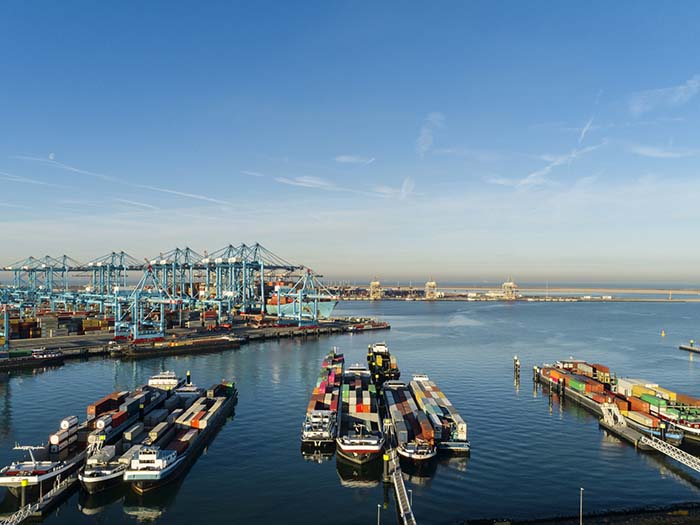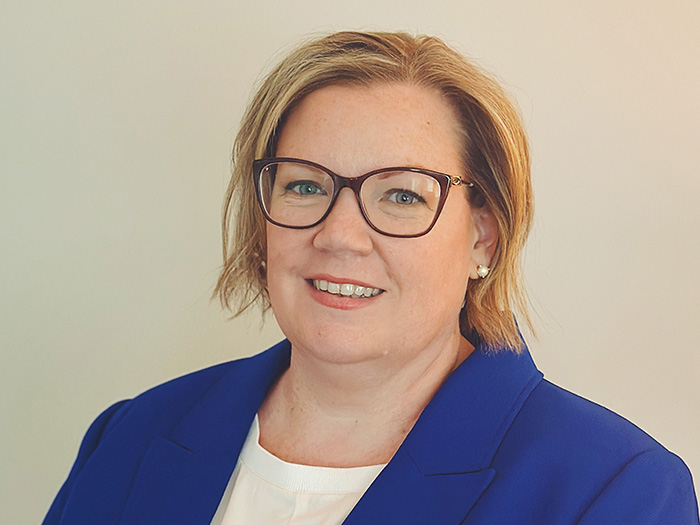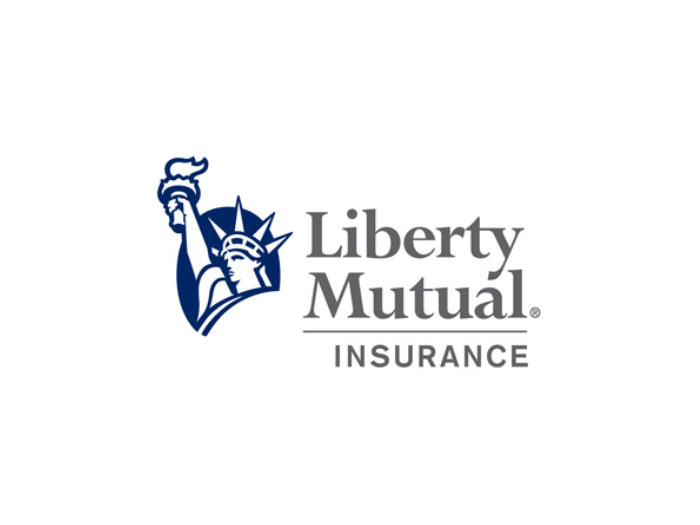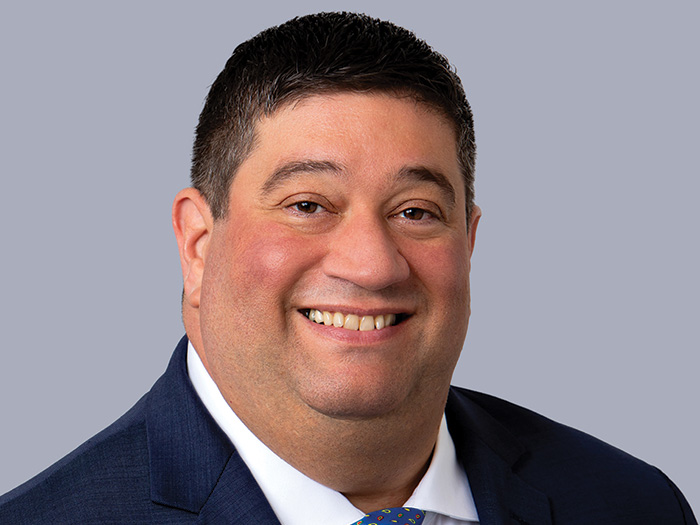Commercial Auto
Commercial Auto: A One-Way Street?
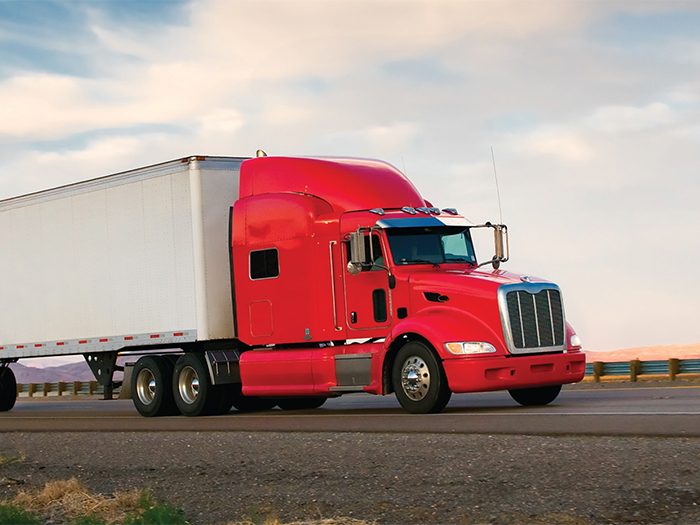
American road safety had been on an upward trajectory for decades. But in the last five years that trend has gone into reverse — with disastrous consequences for commercial auto insurers.
The U.S. commercial auto insurance industry registered its fifth consecutive year in the red in 2015 with a combined ratio of 108.5. In spite of insurers’ efforts to improve underwriting performance, primarily by raising rates, 2016 will almost certainly go down as another loss year.
Indeed, while risk management strides are reducing loss experience in virtually all lines, commercial auto is seeing an uptick in both loss frequency and loss severity.
Economic recovery and low fuel prices have led to increasing road congestion, as well as a shortage and higher turnover of commercial drivers, diminishing driver quality. Worse still, the use of smartphones behind the wheel has caused a spike in road traffic accidents, with the National Safety Council estimating that around 25 percent of all crashes are caused by drivers talking or texting. Medical costs are rising, and plaintiff lawyers smell the blood of commercial fleet owners — flocking to the sector and driving liability payouts up to catastrophic sums.
“This confluence of factors came together pretty quickly and caused an abrupt and stark deterioration in results for insurers,” said Jerry Theodorou, vice president, insurance research at Conning.
He believes complacency crept into the commercial auto market following excellent results through the 2000s. But in 2011, results suddenly deteriorated, “and commercial auto has been the problem child of P&C ever since,” he said.
“The market is not collecting enough premium to cover the large number of severity losses,” said Jennifer Rowe, who runs Marsh’s Atlanta casualty placement hub, home of the broker’s transportation center of excellence.
“Many markets are paying for a historical soft rate environment where capacity exceeded demand, and underwriters were continuously lowering rates to retain business or earn new business while ignoring early signs of adverse claim development.”
A.M. Best Senior Financial Analyst David Blades pointed out that quarter-on-quarter rate increases have been the norm since Q2 2011, but even these consistent rate hikes have not kept pace with escalating claims costs.
“A lot of big public insurers — solid underwriters — are taking a step back to re-evaluate the type of risks they write in their commercial auto books,” he said.
Indeed, the sector has already seen some major names run for the turnstiles, with trucking noted as a particular problem area. Zurich pulled out of the primary market, while in the excess space, Lexington withdrew and AIG cut capacity, raised attachment points and increased pricing.
“All [insurers] have recently adjusted their pricing models upward,” said Rowe. They think they are approaching the “right” levels but are not 100 percent sure, he said. Confidence is undermined to a degree by the long-tail, recurring and potentially escalating cost of liability claims.
Berkshire Hathaway Specialty Insurance’s vice president of casualty, Bill Smyth, for example, said that having entered the excess trucking auto liability market in 2013, his firm’s book is “too green” to know how profitable it is.
On an excess basis, Rowe predicts rates will remain unsettled at best. Additional rate pressure “will be the new norm in lead and buffer layers for the next year,” she said, noting capacity remains limited, primarily for larger transportation risks (1,000-plus units). However, she is seeing more stability now in the primary markets, which have consistently raised prices and retention layers over the past few years.
Selectivity and Sensitivity
According to Conning’s recent report “Commercial Automobile Insurance: Fix Me, Please,” there is a wide performance gap between commercial auto insurers, with the top quintile consistently outperforming on profit by around 20 points, while demonstrating superior loss and expense ratios.
But why are some insurers able to profit in this line, while others wither and die? Consensus is the convergence of risk selection and analytics.
“Companies are refining their appetites in terms of the risks they want to write,” said Blades. Some companies will drop coverage for certain risks, while others will step away from the line altogether.
“We believe this is a cyclical deterioration and results will improve with insurer corrective actions — though it is taking longer than it should.” — Jerry Theodorou, vice president, insurance research, Conning
But knowing which risks to write, which to avoid and how to accurately price them is impossible without thorough loss analysis.
“Top quintile companies are much more aggressive users and collectors of data,” said Theodorou. From insurers’ own loss data to the driver records and loss histories of insured firms, Department of Transportation statistics and — increasingly — tools such as telematics, “there is now much more focus on rate adequacy and rating precision according to market segment,” Theorodou said.
Smyth believes that in the lower end of the trucking market, where there is still capacity and rates have not corrected as much, carriers tend to rely heavily on Compliance, Safety, Accountability (CSA) scores to rate risk. “I’d rather look at the customer’s own data than government data, but many carriers in that world have a commercial auto unit rate, and deviate based on how well a customer performs on CSA,” he said.
“I don’t see the U.S. tort system slowing down, and truckers’ cargo rates aren’t going to allow them to absorb a 10 percent increase in insurance costs, so something has to give,” Smyth added. “In the future, the commercial auto market will have to be more technical and data intensive — with fewer players pricing each customer more carefully.”
For insureds — for whom tight margins are making this a bad time for rising insurance costs — this does present an opportunity to take destiny into their own hands by proving their risk management savvy: demonstrating improved route planning or investing in telematics, dashboard cameras and other technology to encourage and record better driver behavior. Still, some auto risks are unavoidable.
“I know most of our customers are very serious about safety, how they hire people and planning their routes to avoid congested areas, but you can’t avoid New York or Chicago if that’s where the goods are heading, and it’s impossible to control other road users,” said Smyth.
Ultimately, both insurer and insured must get a better grip on risk analysis if the sector is to reverse the alarming spike in accidents while bringing profitability back to insurers.
However, industry sources are optimistic that better times are around the corner. “With better risk selection and more rate increases, we should see results improve over time,” said Blades, while Theodorou also predicted profits would return in line with more disciplined underwriting.
“We believe this is a cyclical deterioration and results will improve with insurer corrective actions — though it is taking longer than it should,” he said. “Commercial auto is still an important line of business for insurers that can operate in the new pricing environment.” &







